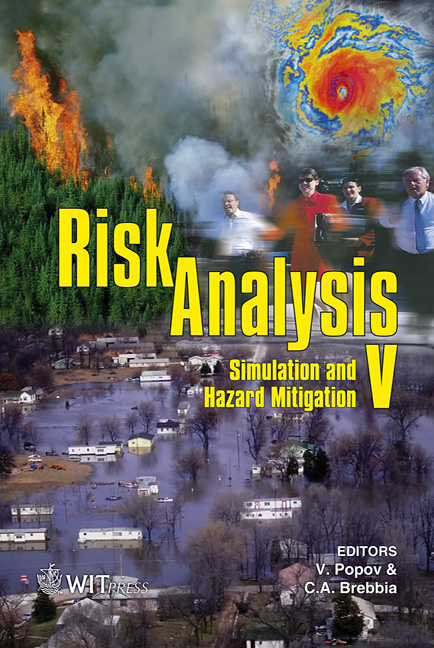Evaluation Of Reliable Path In Risk Areas
Price
Free (open access)
Transaction
Volume
91
Pages
7
Published
2006
Size
275 kb
Paper DOI
10.2495/RISK060351
Copyright
WIT Press
Author(s)
M. Di Gangi
Abstract
The reliability of a system can be defined as the capability to work properly, within a certain period of time and in the predicted conditions. For a transportation system, this can be represented, in normal conditions, as the possibility to connect each other to the several origins and destinations of displacements and, in emergency conditions, as the guarantee that links are able to bear stresses and flows due to evacuation avoiding congested situations. Starting from this background, a problem that arises, principally in planning evacuation and/or coming to aid to population, is to define paths that also take into account the potential vulnerability of links, using those algorithms and procedures commonly adopted in planning operation tools. In order to give a contribution on this particular aspect, in this paper an analytical procedure is presented to define link costs that can be adopted within the commonly used path generation algorithms in order to take into account the potential vulnerability of part of the network. In particular a modification in the formulation of commonly used link cost functions is suggested in order to take into account the environmental condition of each link so that the conventional path search algorithms adopted in commercial software can be used. Furthermore, results of applications to a test network are reported. Keywords: network reliability, vulnerability. 1 Introduction A large amount of studies concerning vulnerability of single structures can be found in literature, whilst more rarely such studies concern vulnerability of either transportation or territorial systems. Aims of a vulnerability reduction policy are to favourite emergency management in order to guarantee timely aids to victims and an orderly and
Keywords
network reliability, vulnerability.





